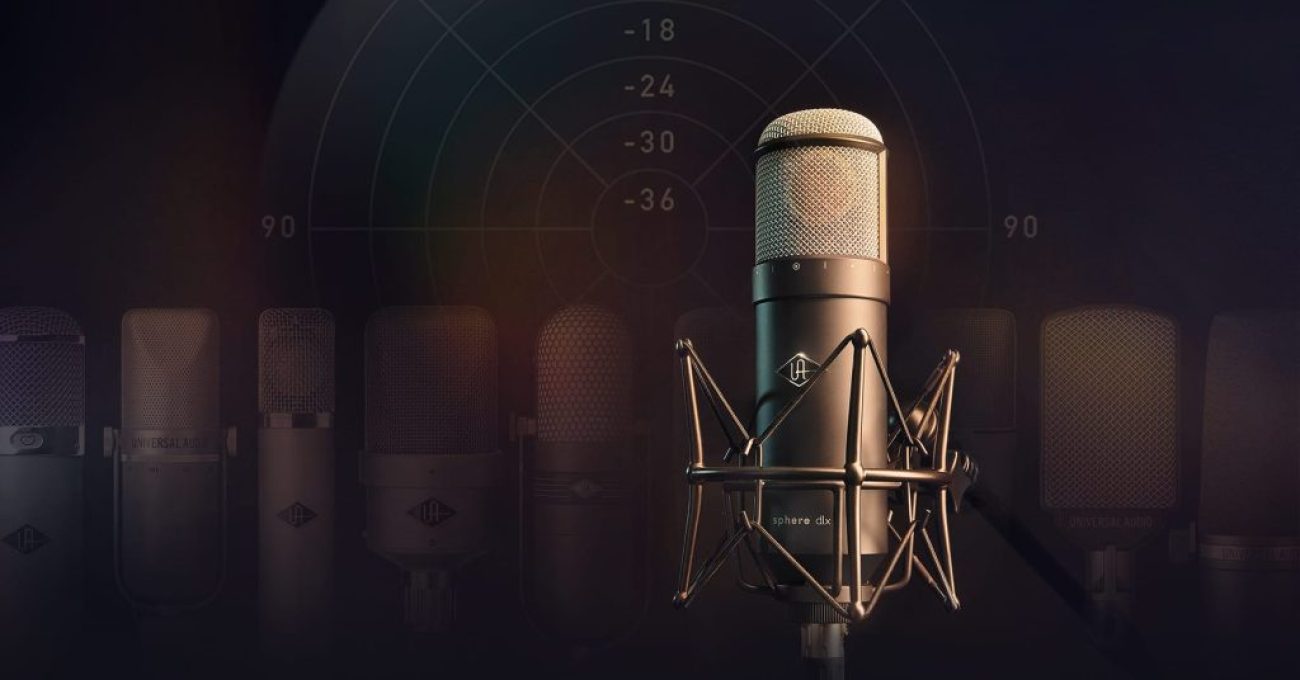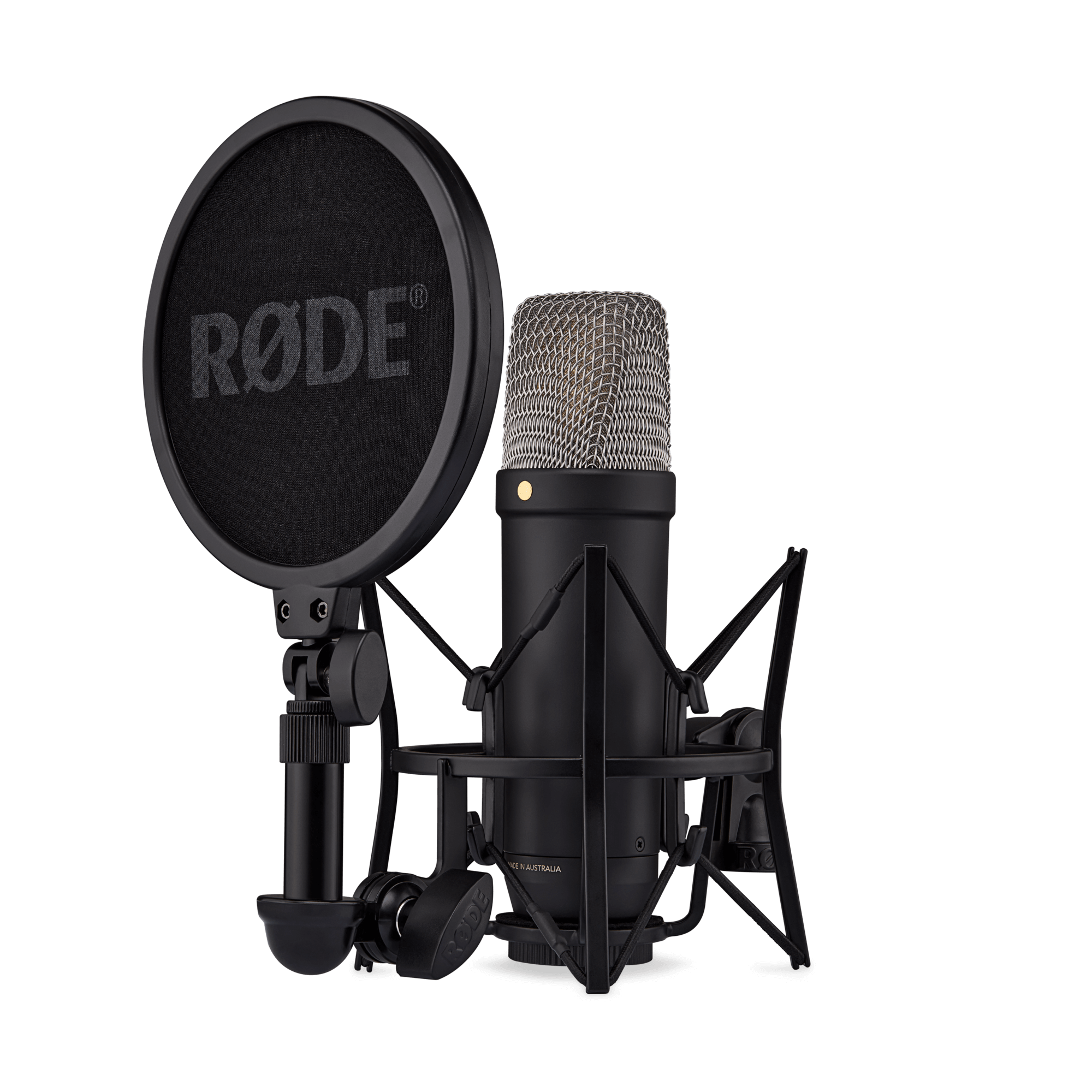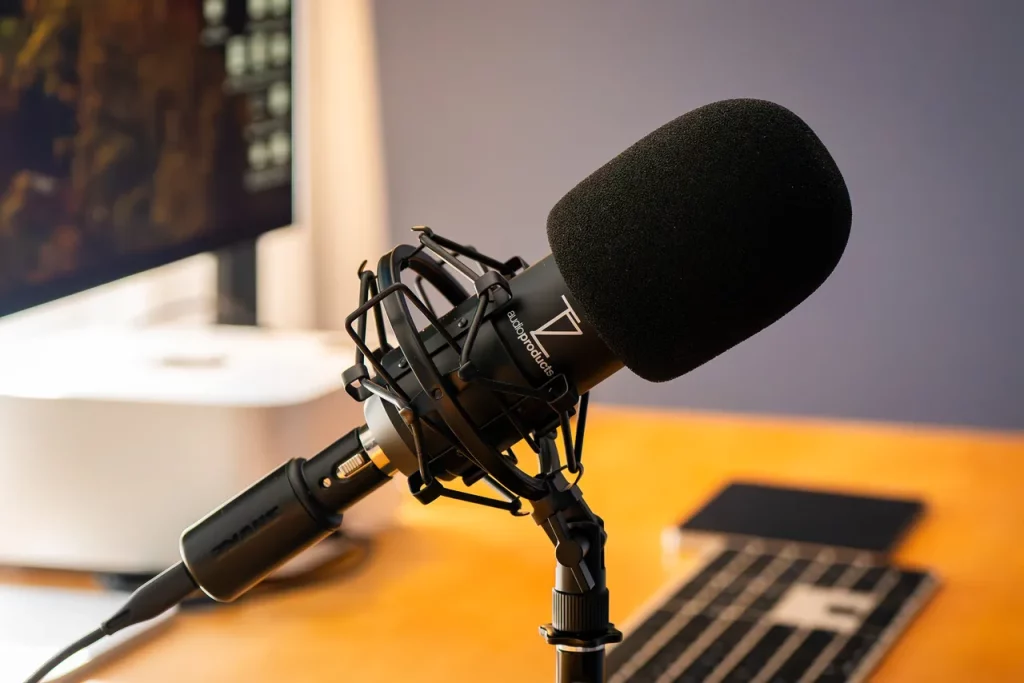ポッドキャスター初心者必見!絶対に揃えるべき音声配信機材
For those who are just starting a podcast, researching and choosing recording equipment for podcasts can be difficult. There are many different types of podcast equipment out there, but that doesn’t mean you have to buy them all. Also, you can always buy more podcast equipment later.
Here we’ll take a look at the audio recording equipment you should have, as well as other equipment you should buy if you want to get more serious about building a complete podcast studio.
First of all, you will need a computer and a microphone as podcast equipment.
However, if many members are recording at the same time, avoid using USB microphones. You will also need an audio interface or mixer to connect multiple XLR microphones.
Our podcasting introductory kit offers more detailed equipment suggestions based on the number of hosts you’ll be talking to. They range from low-cost options for beginners to upgrades for intermediate and pro-level users. Please check it!
1. Computer
This goes without saying. A computer is required to record and upload .mp3 files. Most people can make do with what they have now, but if you want to improve like a pro, we recommend investing in something more capable within a few years.
2. Microphone
Never use your computer’s built-in microphone. The simplest method is to use a USB microphone.
If you’re recording with a large group of people or want more versatility, get at least one microphone with an XLR output.
Also, be sure to consider the environment you’ll be recording in and the type of microphone you’ll need. Dynamic microphones and condenser dynamic microphones are suitable for recording with a large number of people.
3. Audio interface
A device that connects a microphone to a computer. It converts the analog signal from the microphone into a digital signal that the computer can understand.
4. Mixer
A mixer, like an audio interface, allows you to adjust parameters such as volume, input, and output.
It is also necessary if you regularly have call-in guests, and you can also set up a mix-minus line for guests from out of town.
5. Pop filter/windscreen
Pop filters and windscreens can significantly reduce plosive sounds. Place your hand in front of your lips and say the word “power.” Don’t you feel the air when you pronounce “pa”? This is what’s blocking the microphone. Air plosives like this can easily put your microphone in the red zone.
6. Headphones
By using headphones, you can avoid mistakes and retakes. Hearing your own voice live may feel strange at first, but you’ll eventually get used to it. I highly recommend getting used to this. The last thing you want is to record for an hour and then find out that it’s turned off or that it’s been playing loud for a long time.
Closed-back headphones are best for recording. Earphones are often insufficient. It is best to avoid open-back headphones when recording, as the microphone will pick up the sound.
This is all you need to prepare! Let’s do our best to become the podcaster of our dreams!



